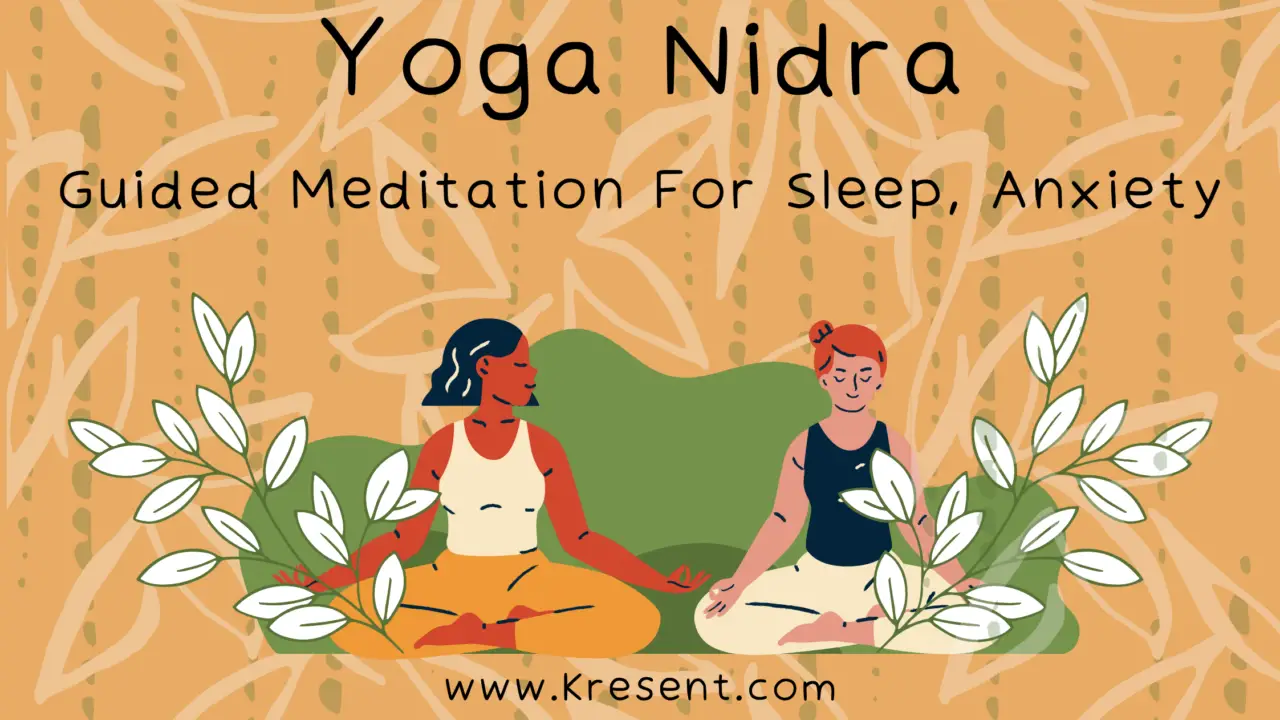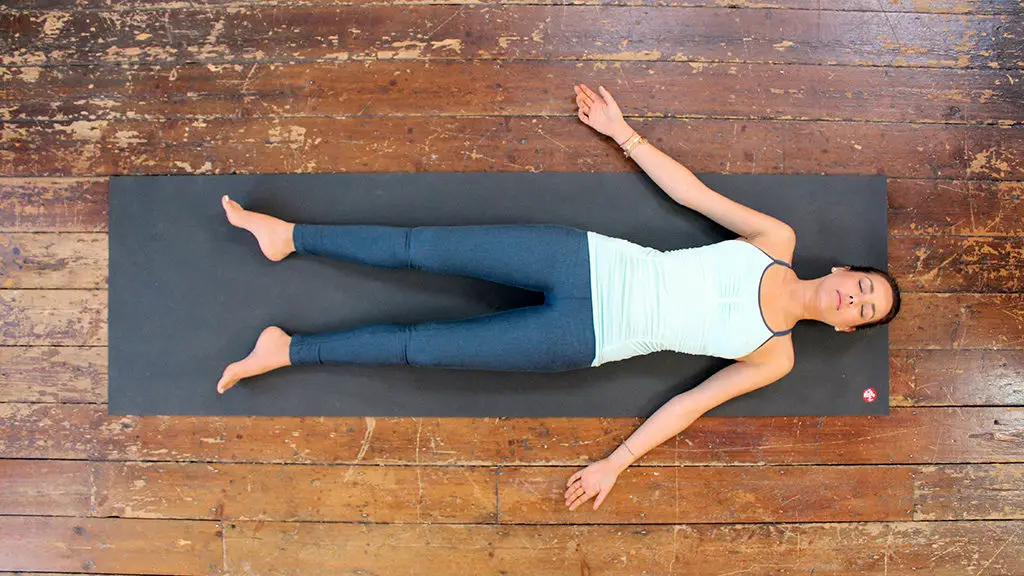Yoga Nidra Relaxation:
Jump To:
In yoga asanas, Yoga nidra literally means yogic sleep, a method of Pratyahara (withdrawal of senses) that allows you to scan the body and tap into a state of relaxed consciousness as the mind settles in the state between sleeping and waking. The idea behind yoga nidra is to restore our senses and the mind to their natural functions and awaken our inner power of healing, both physically and emotionally. Cultivate conscious relaxation, ease ongoing stress and anxiety, and feel your body melt away into a soothing state of being.
Some best tips on how to sleep through the night and which minerals and vitamins help with good sleep are in detail. Check out the following sleep inducing foods that help you sleep like a baby.

The Yoga Nidra Benefits:
Yoga Nidra For Sleep:
The practice fetches you the benefits you should get from your sleep. Yoga Nidra relaxation is the time when we charge the subconscious mind. If you practice this for long enough, you can experience deep rest while maintaining just a trace of awareness.
Yoga Nidra For Anxiety:
In fact, it is used as a complementary treatment for those with long-term medical problems. One study, published in the International Journal of Yoga, found that it helped those with menstrual irregularities, who had psychological problems. Another study in the same journal said: “The practice of yoga nidra helps in building up the coping ability (when it comes to dealing with stress).”
Yoga Nidra Guided Meditation:
It is a systematic form of guided relaxation that is done for 20 to 30 minutes at a time. Brings both physical and mental benefits through the reduction of stress and fatigue. It is a form of meditation that helps give you sound sleep, but it also has a way of keeping you calm in your waking hours, by increasing focus and concentration, as you go about your day.
Yoga Nidra guided meditation is done in savasana, the corpse pose.
Savasana (Corpse Pose):
This pose is best described as alert relaxation. It synthesizes all the actions, instructions, and sensations you experience after your yoga practice. Alternatively, it helps in muscle relaxation and inner stillness, while still maintaining energy.
As you follow the Yoga Nidra Guided Meditation instructions, remain aware of the sensations, thoughts, and emotions that arise without giving any importance to them. Just let the thoughts come and go without any judgment.

Find a quiet and comfortable place without harsh lights, or any distractions, use a comfortable mattress or yoga mat, and consider using a pillow or blanket for support and warmth.
Yoga Nidra Steps:
- Lie down on the floor, legs comfortably apart, arms away from the body.
- Roll the neck from side to side, and back to the center. Make the body as comfortable as possible, so if you need to place a bolster under the knees, do so.
- Once you are in this position, in savasana, avoid movement for the next 20-30 minutes.
- Start to connect to each part of the body, consciously ‘letting go’ and releasing tension from that body part. By doing this, you should be able to release all other thoughts from the mind and focus on the breath. (Throughout the session, focus on your breath. Take slow, deep breaths, inhaling and exhaling fully.)
- Once you have gone through the whole body, gently move the toes and the fingers.
- Roll on to the left side and sit up with the spine straight. Rub the palms together and open the eyes.
Yoga Nidra Script | How do I write my own yoga nidra?
Sometimes, Yoga Nidra sessions have visualizations and affirmations to deepen relaxation, such as visualizing peaceful scenes, and repeating positive affirmations, while mentally scanning your body for any tension, and releasing it.
Some, for example, remind “I flow through life with ease and peace I am relaxed”. Then, come up with their own intention/Sankalpa state and repeat three times as though it is already happening. Allow your awareness to travel through your body now on a journey of sensation.
Or, say to yourself o-o-m-m, keeping your awareness on your whole body, your whole body on the floor, relaxing. Become aware that you are going to practice yoga nidra. Say to yourself, “I am aware, and I am going to practice Yoga Nidra.” Repeat this to yourself again. The practice of Yoga Nidra begins now.
Children and students can be guided into making an affirmation or intention in the Yoga Nidra stage known as Sankalpa. The 7 steps to create your own Yoga Nidra script.
- Making an affirmation.
- Scanning the body.
- Centering the breath.
- Welcoming your feelings.
- Visualizing images.
- Repeating the affirmation.
- Re-entering the real world.
What is the difference between meditation and yoga nidra?
Traditionally you meditate in a seated position, whilst Yoga Nidra is always practiced laying down. While traditional meditation puts all awareness on a single focus, Yoga Nidra guides you through the whole body.
The supposedly best time for yoga nidra is Brahmamuhurtha, a time window beginning 03:40 and ending 04:28. In case it is practical for you to practice at this time, then it could give you some advantages. However, you should not overestimate the benefits of early morning meditations. Regular practice (daily to several times per week) is strongly recommended if you want to reap the benefits.
“You can do yoga nidra any time, even when you are trying to go to sleep in the evening. When you do it at night, you can use the technique to be part of the conscious mind as you become inactive—then you may fall unconscious,” says Mittra.